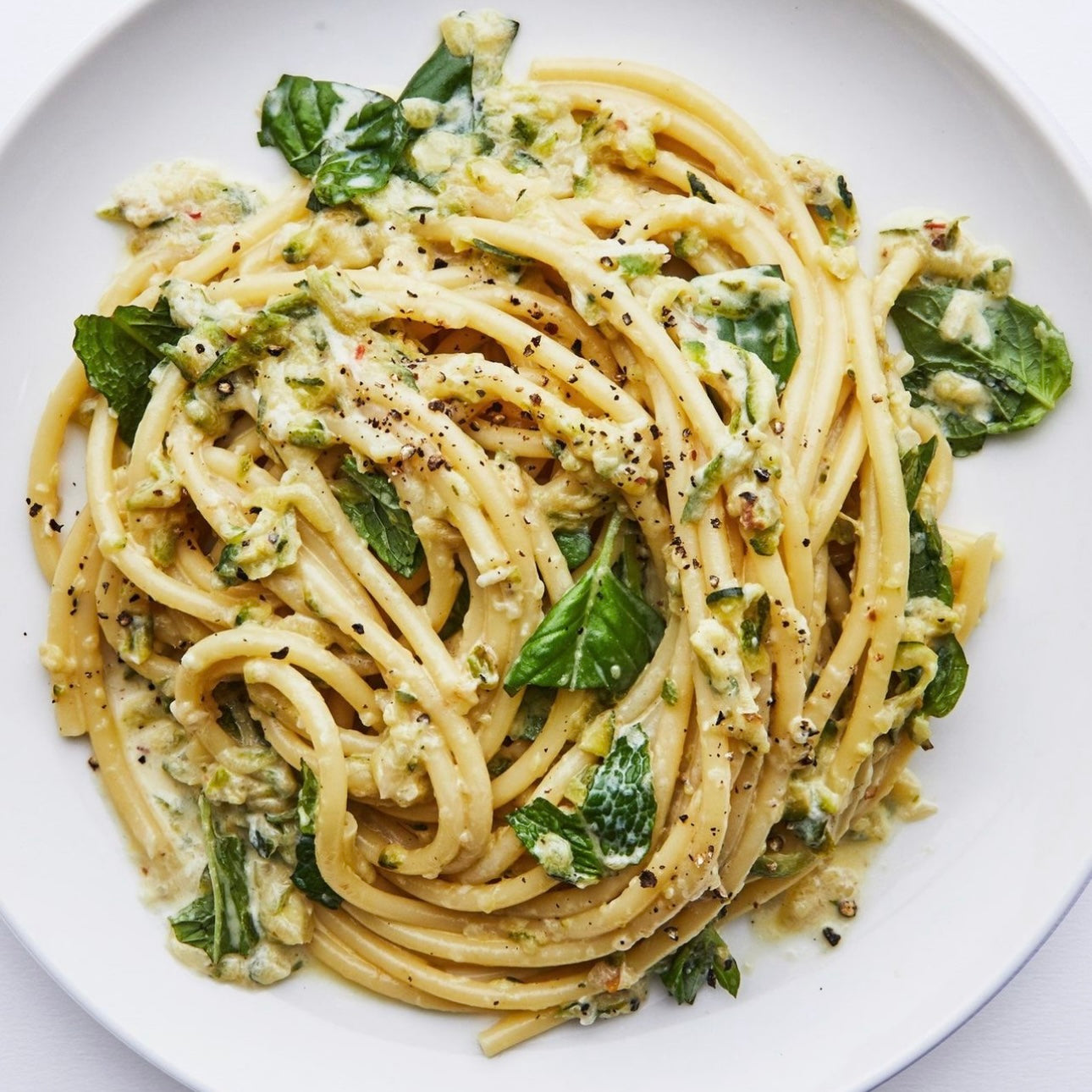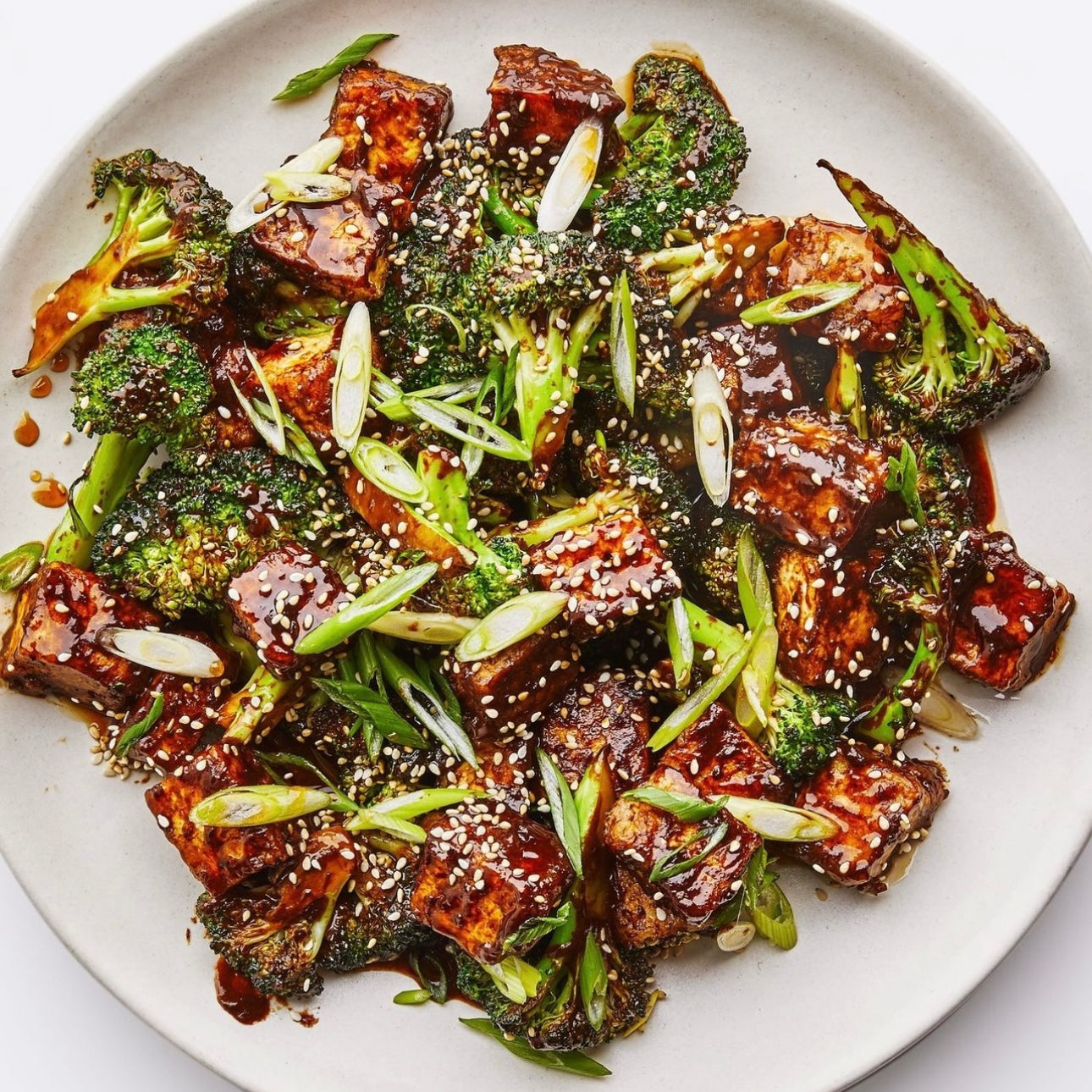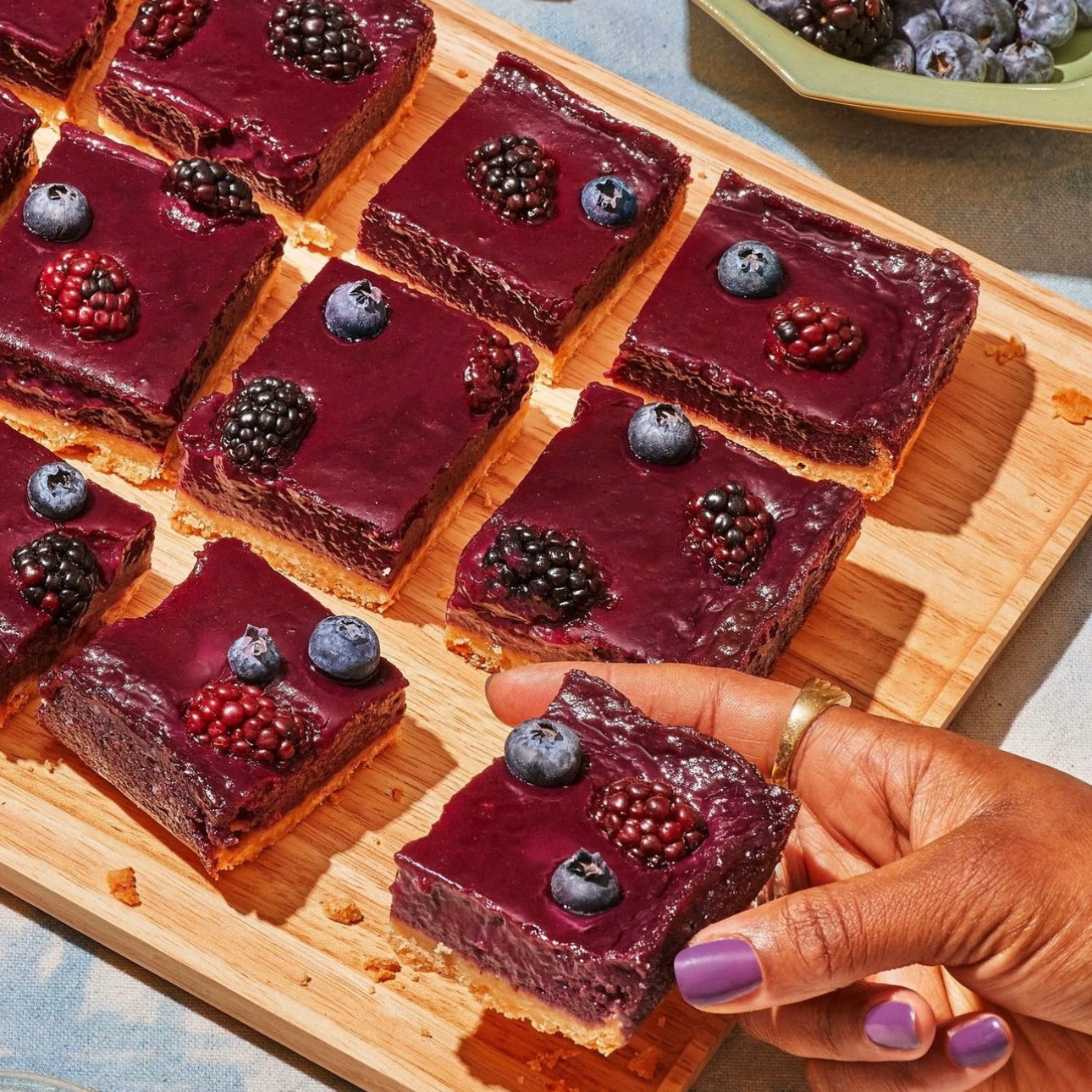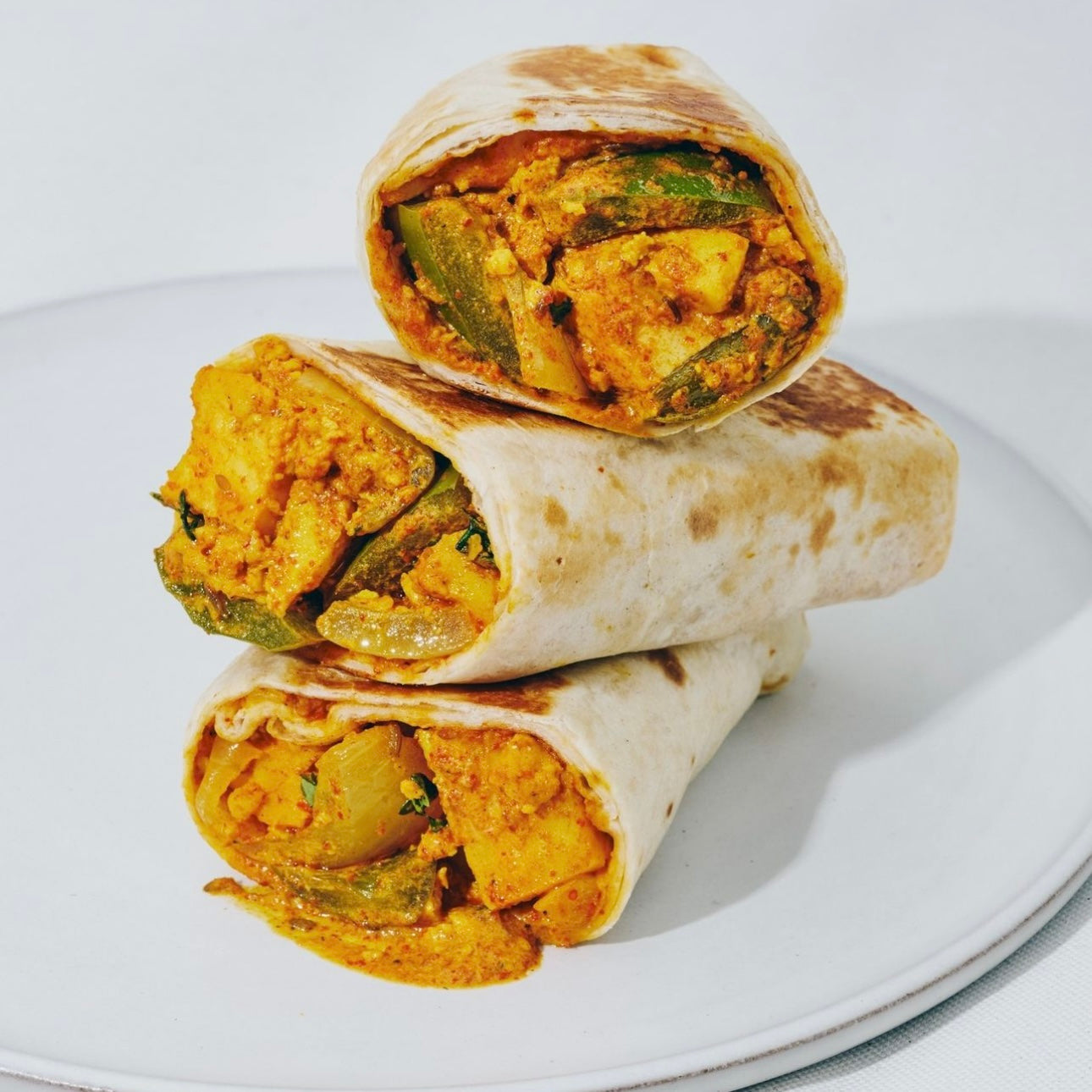I grew up watching my aunts and mother gather on a veranda at my grandparents’ home to make garam masala, the warm, heady spice blend that powers a lot of South Asian cooking. They cleaned each spice of debris, dried them in the sun with utmost care, and then finely ground them to make an aromatic blend. The process took hours, sometimes days, and turned into social events filled with conversation and catching up. Years later, my mother continued to make her own garam masala in smaller batches in her suburban Mumbai apartment. I always knew when—it was impossible not to catch a whiff of whole spices sunbathing on the balcony.
Because I now live between two countries, when I can’t go to India, my mother will ship it across continents so I don’t run out. In an attempt to replicate the flavor, joy, and love imbued in my memories of homemade garam masala, I developed my own garam masala recipe with a lot of guidance and wisdom from my mom so you can experience the same in your own cooking.
What is garam masala??
Garam masala translates to “warm spices” from Hindi. I like to think of it as a living, breathing spice blend, and it can be deeply personal to each family with variations based on region and community. Many households have their own unique mix passed down through generations. Some closely guard their blends—my uncle refuses to share his recipe with me. Even the texture can differ, from a coarse grind to a fine powder.
Garam masala blends may include coriander seeds, mace, cumin seeds, cloves, whole black pepper, white poppy seeds, bay leaves, star anise, cinnamon sticks, black cardamom pods, and whole nutmeg. Some versions may include sweeter notes of fennel or green cardamom—Bengali garam masala, for example, may only consist of cinnamon, cardamom, and clove.
There are a few heavy hitters, though, that I would consider my own garam masala blend to be incomplete without: Cinnamon adds warm sweetness; coriander seeds bring citrusy fruitiness; cumin has intense nutty, earthy notes; star anise adds licorice flavor; mace brings mild pepperiness; and nutmeg adds warmth and woodiness. Something magical happens when this combination of spices is heated and combined with cooked vegetables or meat. It introduces a warm, layered complexity into the dish that’s almost impossible to replicate.
How do you use garam masala?
For the best application of garam masala, it needs to be cooked (i.e., this is not the spice blend to sprinkle raw over cucumbers or dips). Begin by sautéing it with your aromatics at the start of cooking, add it midway to perfume the entire stew or braise, or do both.
How do you make garam masala?
For the very best homemade garam masala, start by sourcing fresh, whole, high-quality spices. They’ll act as a strong foundation for flavor and have an intensity that the preground stuff just doesn’t quite have. If you’re unsure where to start, seek out online spice purveyors like Diaspora Co. or Burlap & Barrel for especially delicious, fresh, and ethically sourced spices.
If you’re going through the process of making garam masala at home, you want it to last. Toasting your whole spices over gentle, low heat not only helps coax a slow release of potent flavors from the spices, it also allows you to carefully control the level of roastiness and prevents the masala from going rancid quickly after it’s been blended. Be patient and resist the urge to crank up the heat at this step.
Remove your spices from the heat and cool completely before blending. This is important—grinding spices while they are still hot will build steam, adding moisture to the mix and making it not as shelf-stable. Once your whole spices are thoroughly cool to the touch, break the cinnamon, bay leaves, and nutmeg into smaller pieces. Then add to a spice grinder and grind into a coarse powder. The consistency of the masala is adjustable: If you prefer a coarser mix (better suited for crusty dry rubs, for example), then blend for a few seconds less.
Garam masala has innumerable regional variations across South Asia and is subjective by definition. This also means you can easily customize it to suit your taste. Want more heat? Increase the quantity of black pepper and cloves. If you love licorice flavor, then add a tablespoon of fennel seeds. If you’re chasing fruitiness, add more coriander seeds and mace. Apply your intuition and let that lead you in the right direction. Who knows? It might become a family treasure you pass on to your loved ones for years to come as well.
This story originally appeared on Bonappetit.com







